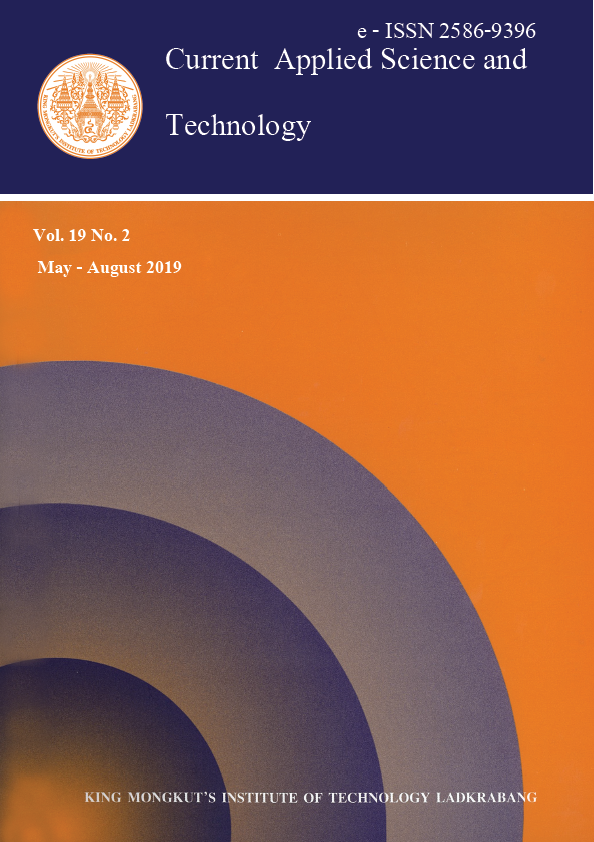This article presents the electrical modeling of the nickel-metal hydride battery (NiMH), which is used in electric vehicles. According to the battery life cycle, the physical and electrical models of the proposed battery should be analyzed in detail for the condition to control the electric vehicle operation. This article focuses on the NiMH battery, which was used in personal electric vehicles. This type of personal electric vehicle is used to provide personal mobility for handicapped and elderly people. The proposed battery model is considered in both state-of-charge (SOC) and voltage-current characteristics to find the mathematical model of the NiMH battery. The proposed electrical model of the battery was studied under static and dynamic behaviors. The simulation results show that the proposed battery model can represent the behavior of a battery as the real behaviors. The MATLAB/Simulink environment is selected to analyze and simulate the battery model on both static and dynamic behaviors. Therefore, the proposed battery model can verify the study of the battery life cycle on the personal electric vehicle application for the future work.
Keywords: Battery; electric model; personal electric vehicle; electrochemical impedance spectroscopy; nickel-metal hydride batteries
*Corresponding author: E-mail: krischonme.b@en.rmutt.ac.th
Prabpal, P. ., Bhumkittipich*, K. ., & Haraguchi, T. . (2019). Electrical Modeling of Nickel-Metal Hydride Batteries for Personal Electric Vehicles. CURRENT APPLIED SCIENCE AND TECHNOLOGY, 80-88.
